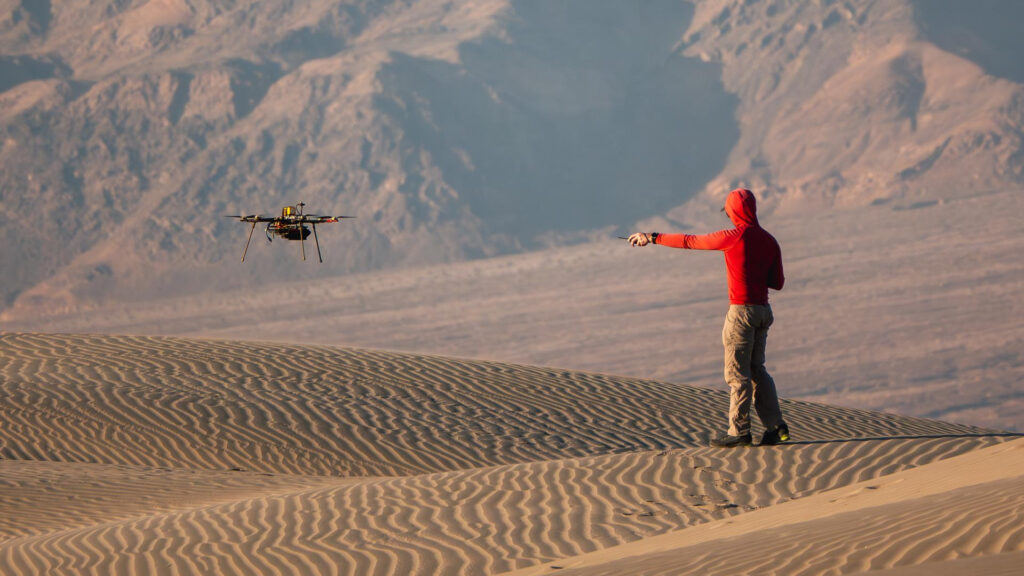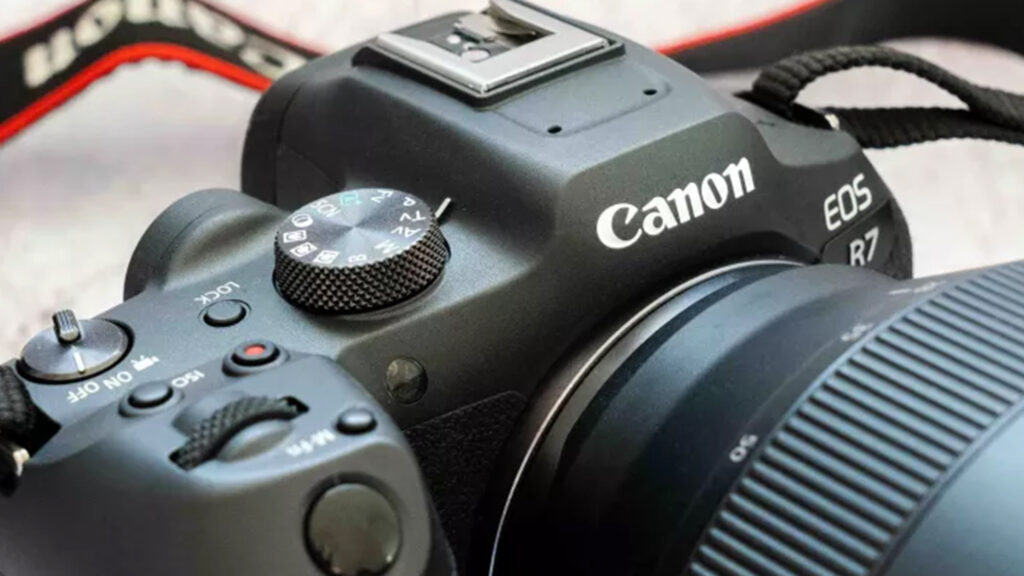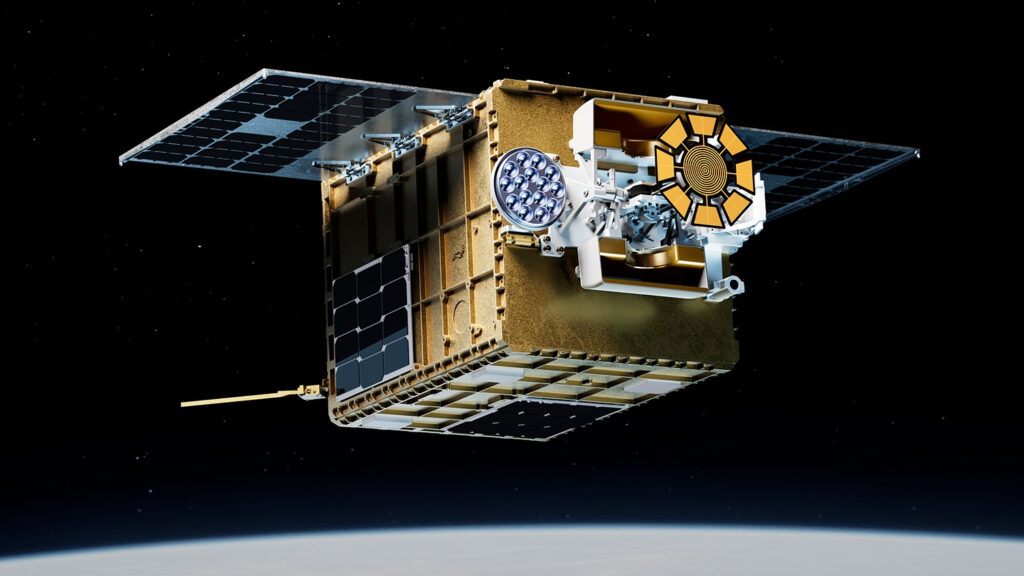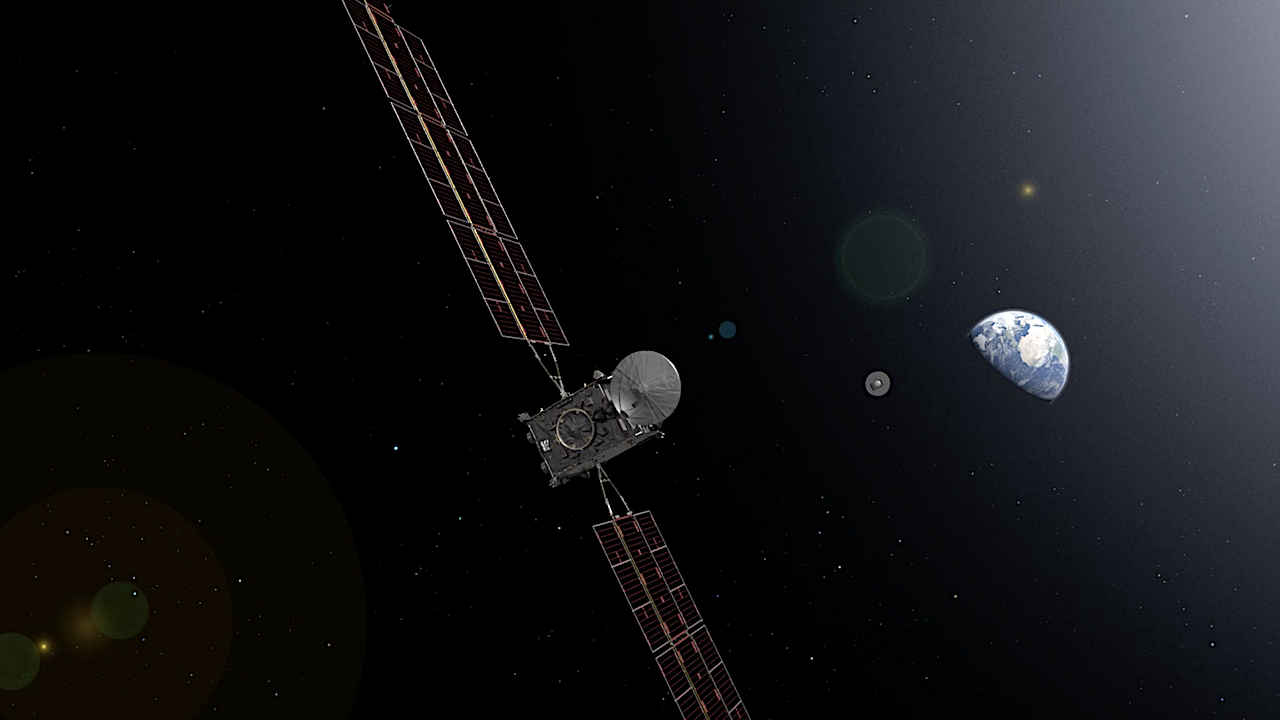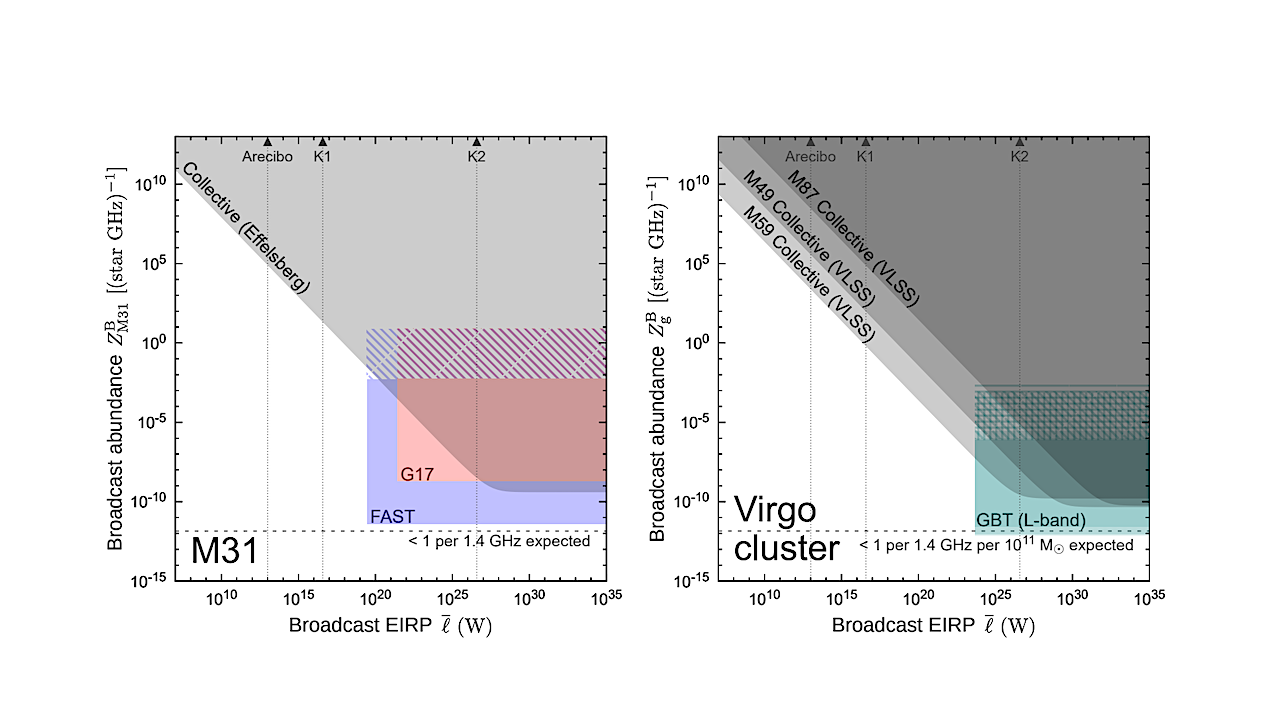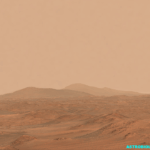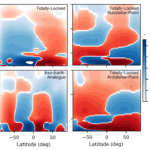Now Reading: In space, everyone can hear you scream: Why sound design was ‘Alien: Earth’s breakout star
-
01
In space, everyone can hear you scream: Why sound design was ‘Alien: Earth’s breakout star
In space, everyone can hear you scream: Why sound design was ‘Alien: Earth’s breakout star
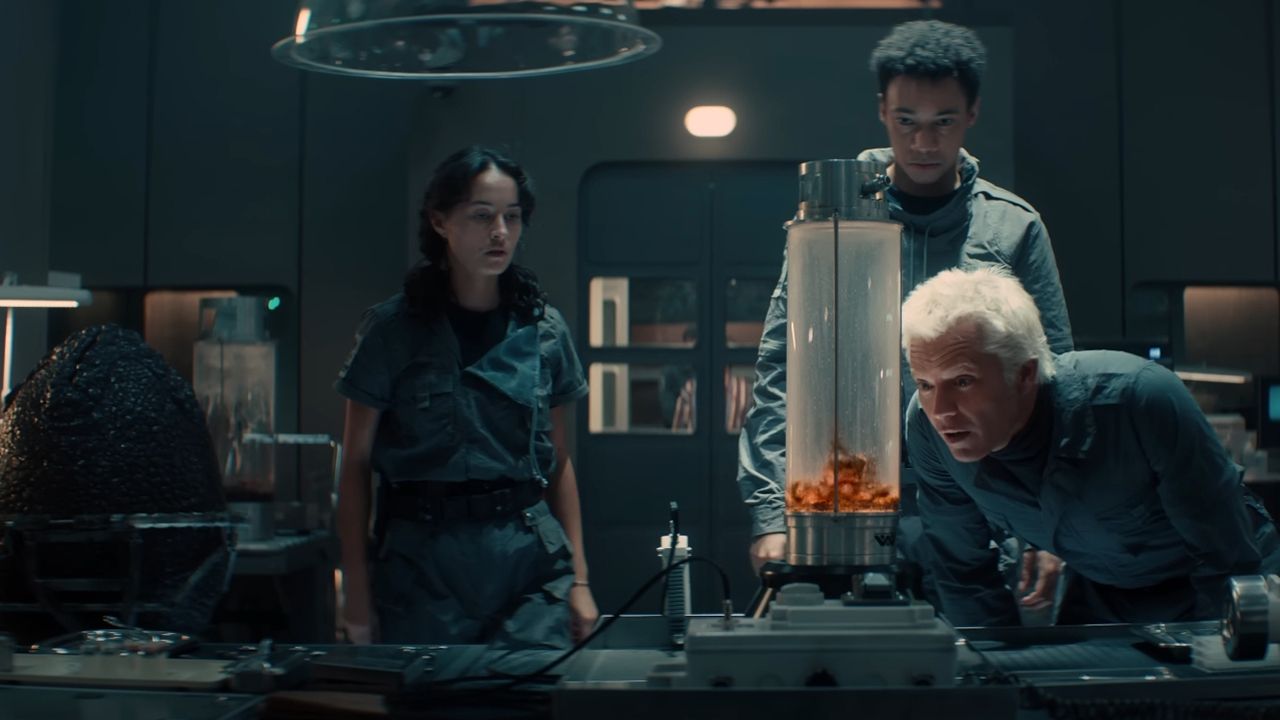
“In space,” some marketing genius once said, “no one can hear you scream”. Bring the Xenomorph and its associated ecosystem back home, however — as “Alien: Earth” so memorably has — and you hear absolutely everything… whether you want to or not.
The best sci-fi has always had great sound design, whether it’s the famous piano string-scrape of a TARDIS materializing (eloquently described as a “Vworp” by numerous “Doctor Who” comic strips) or the satisfying beeps and whistles of the USS Enterprise bridge. The aural treats of a galaxy far, far away — from hyperdrives and lightsabers, to Rancors and R2 units — are so plentiful that there is literally a book about them (called, appropriately enough, “The Sounds of ‘Star Wars'”).
The best genre franchises are capable of transporting you to strange new worlds, even when your eyes are shut tight. In fact, sound can be way more evocative than on-screen imagery — it’s the reason why hiding behind the sofa is rather less likely to save you from “Alien: Earth”‘s yuckier moments than reaching for the mute button.
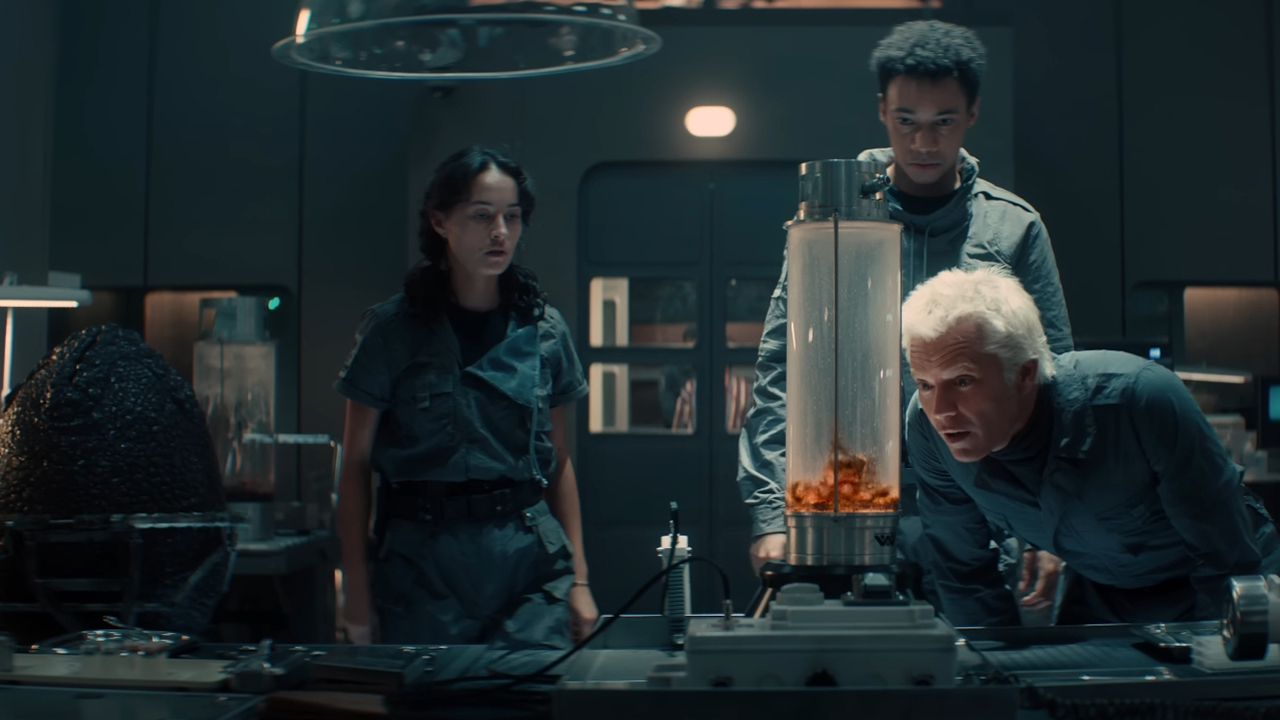
When Ridley Scott’s original Alien movie was released back in 1979, HR Giger’s iconic Xenomorph design grabbed its fair share of headlines with its famously prehensile jaws. Even so, “Alien” and James Cameron’s “Aliens” (1986) — still the movies shaping the artistic direction of the veteran franchise — laid down a truly iconic soundscape. The squeals, heavy breathing, and tail thrashing of the headline attraction, the ominous pitter-patter of a chestburster scuttling across the floor, and the characteristic crunch of a chestburster smashing through an unfortunate ribcage are all integral to the extra-terrestrial horror. Even the noise of the colonial marines’ pulse rifles is unmistakable.
The brains behind “Alien: Earth” were clearly listening and, as a result, it often feels like someone in the audio department is working their way through an album of classic sound effects. There’s arguably no better way of transporting you to this grimy future.
Put a character in standard-issue Weyland-Yutani clothing, for example, and they could be a fan cosplaying at a convention; get the computers whirring and clicking like Mother in the original film, however, and there’s no mistaking where they are. Indeed, few elements of the show signpost “Alien” quite like the antiquated IT of this dystopian future. It’s like solid-state hard drives never happened.
But it’s the new additions to the franchise soundtrack that make the most lasting impact, with the ick factor of every new member of the USCSS Maginot’s malevolent menagerie enhanced by the noises they make.
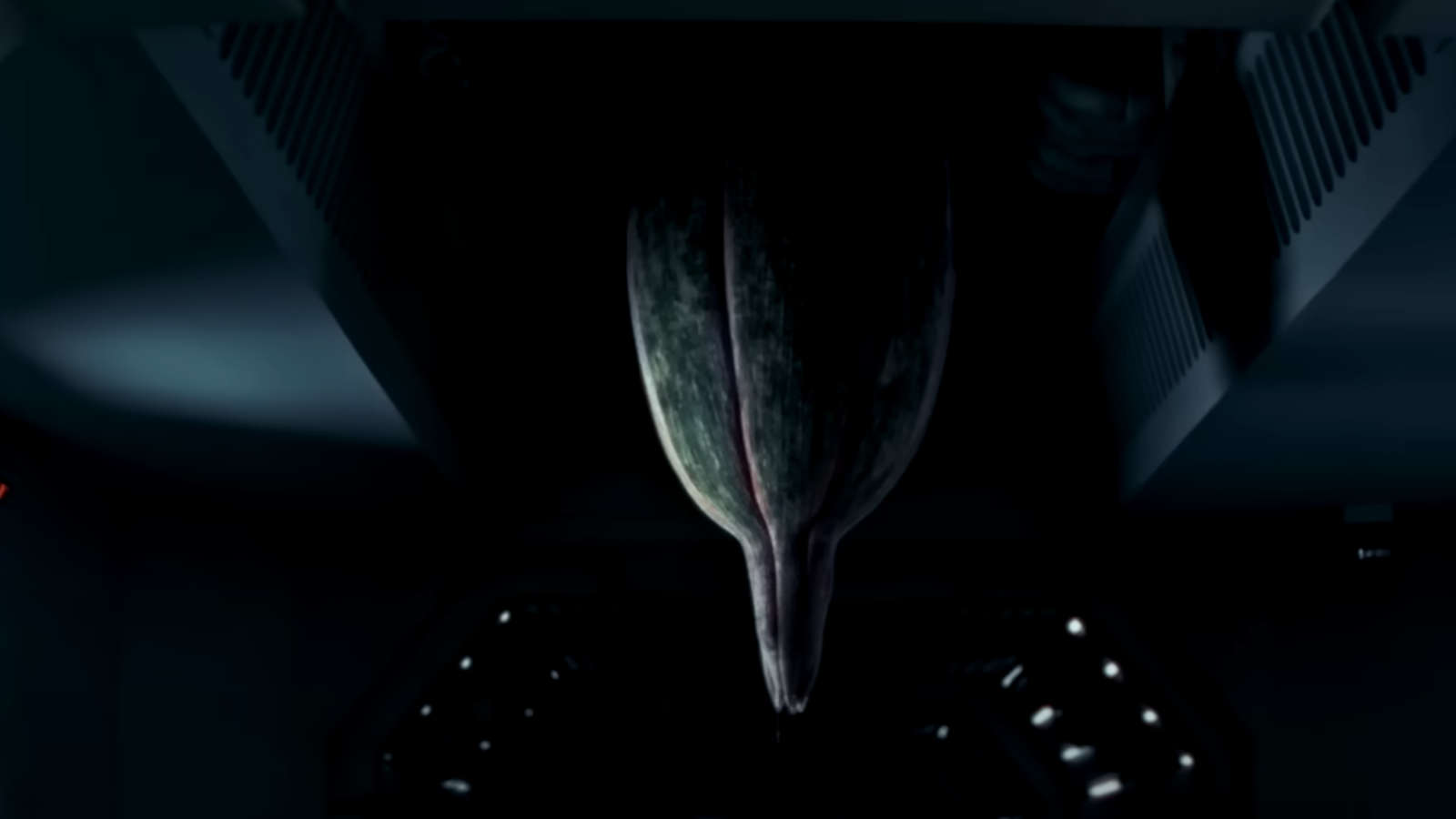
Take D Plumbicare (despite appearances, not an emergency central heating repair firm) as an example. Without sound effects, this dangling carnivorous plant would look like an inanimate — albeit impressive — creation of “Alien: Earth”‘s production team. But unleash the foley artists (sound designers), and the flora’s dripping slime and ominous pulsing are infinitely more threatening, as a soldier learns to fatal cost later in the season.
The alien flies (as yet unnamed), meanwhile, blend guttural clicks with the sloshing of a deeply upset stomach, a precursor to the acid spray that melts the face of unfortunate hybrid Tootles/Isaac (Kit Young). The sound that accompanies his subsequent mechanical breakdown is every bit as nauseating as the show’s more organic moments.
Then, of course, there’s the breakout star of the show, Trypanohyncha Ocellus (aka the freaky eye/squid/parasite thing), which comes with its own mix tape of sonic horrors. There’s its slimy gait across the floor, the crackle of bone and ligament as it burrows its way in and out of ocular cavities, and (to pinch some onomatopoeia from Spider-Man comics) the “thwip” of its extendable tentacles as it tries to invade a new, unwitting host. It also induces disturbing cries in the cat and sheep it temporarily calls home — in “Alien: Earth”, singing “Old MacDonald Had a Farm” really would give kids nightmares.
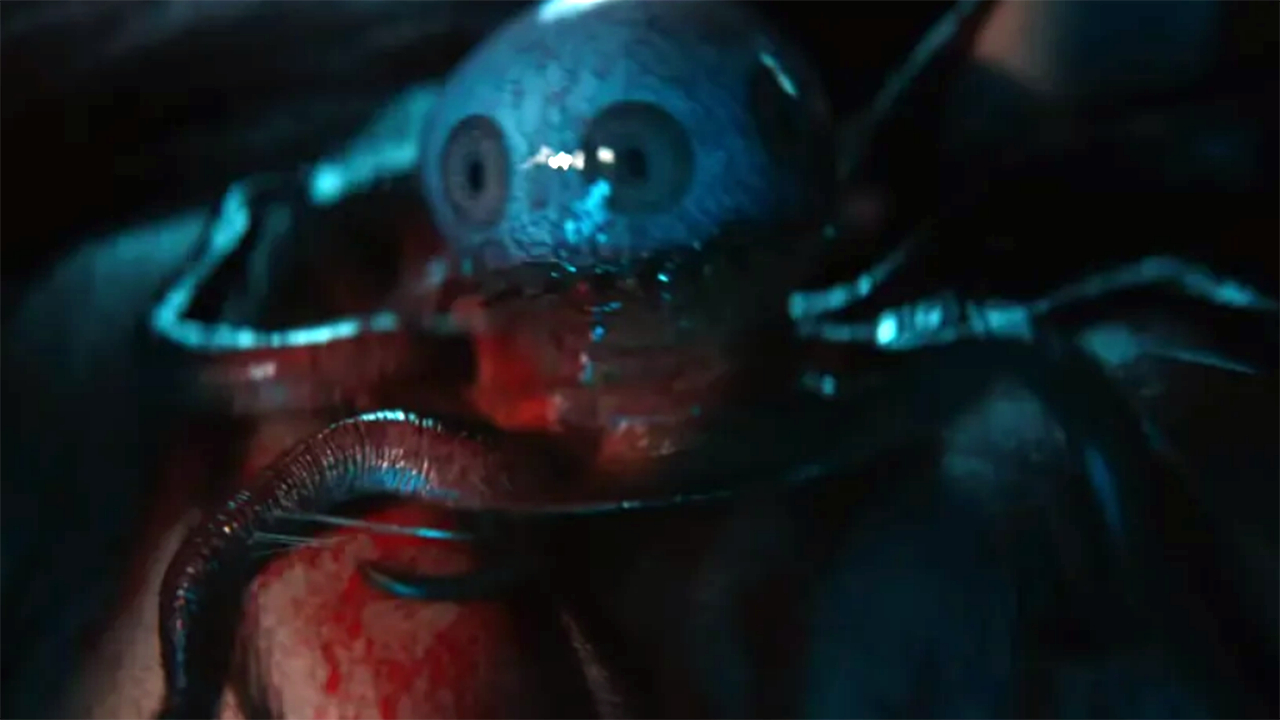
The sound effects team hasn’t entirely neglected the franchise’s acid-blooded poster boys, either. Although “Aliens” strongly hinted that the Alien Queen could communicate with her drones, it wasn’t entirely clear how that worked. Now Wendy/Marcy (Sydney Chandler) has completed the Xenomorph Duolingo module at lightning-fast speed, with her mastery of the species’ bestial clicks hinting that a sophisticated language is at play — albeit one that sounds suspiciously like “Predator” conversation.
So while an entire “Star Wars”-style book about its sound effects may be a stretch, “Alien: Earth” harks back to “The Fly”, “The Thing”, and other sci-fi horror classics whose audio is every bit as scary as the visuals.
Don’t believe us? Look back through some of “Alien: Earth”‘s most unpleasant moments on mute. Now try the same thing with sound on while closing your eyes, and tell us which has the more visceral effect. For our money, the noise wins out every time, with the notable exception of scenes including that sheep. Whether it’s making a racket or not, that thing is freaky as hell.
The whole of “Alien: Earth”‘s first season is available to watch — and listen to — on Hulu in the US and on Disney+ in the UK.
Stay Informed With the Latest & Most Important News
-
 01From Polymerization-Enabled Folding and Assembly to Chemical Evolution: Key Processes for Emergence of Functional Polymers in the Origin of Life
01From Polymerization-Enabled Folding and Assembly to Chemical Evolution: Key Processes for Emergence of Functional Polymers in the Origin of Life -
 02Panasonic Leica Summilux DG 15mm f/1.7 ASPH review
02Panasonic Leica Summilux DG 15mm f/1.7 ASPH review -
 03How New NASA, India Earth Satellite NISAR Will See Earth
03How New NASA, India Earth Satellite NISAR Will See Earth -
 04And Thus Begins A New Year For Life On Earth
04And Thus Begins A New Year For Life On Earth -
 05Astronomy Activation Ambassadors: A New Era
05Astronomy Activation Ambassadors: A New Era -
06SpaceX launch surge helps set new global launch record in 2024
-
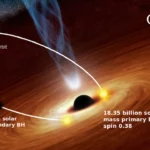 07Two Black Holes Observed Circling Each Other for the First Time
07Two Black Holes Observed Circling Each Other for the First Time












